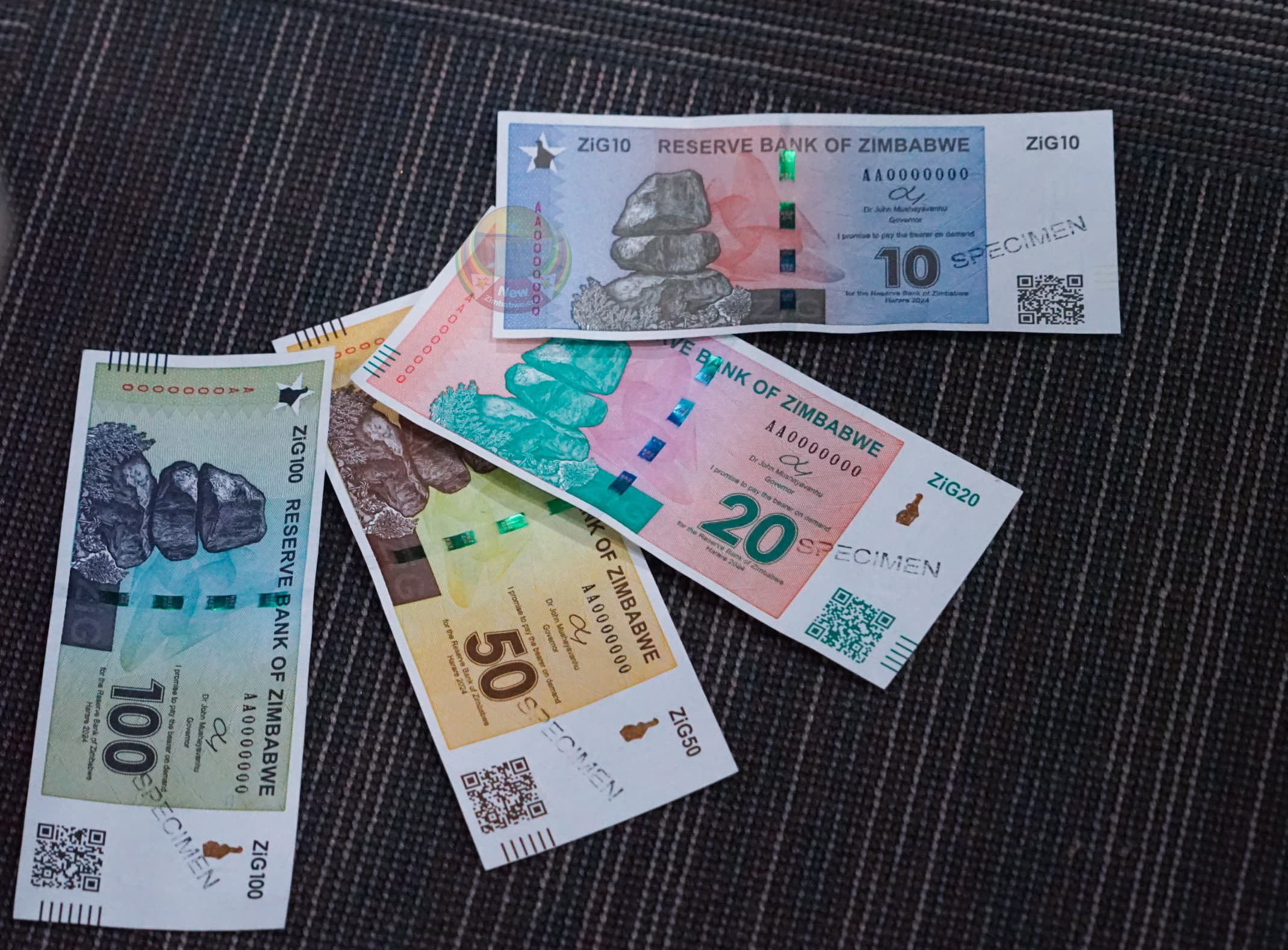ZiG slows price increases, but US$ prices remain high
FOOD security initiative, the Famine Early Warning Systems Network (FewsNet) says while the Zimbabwe Gold (ZiG) currency has brought some stability, United States dollar prices remain high.
The ZiG replaced in April the Zimbabwe dollar after it had depreciated by over 700% last year, and 250% in the first quarter.
Despite the relatively stable ZiG prices, US dollar prices have risen at a time more than 80% of the market is using the greenback.
“Following the introduction of the new Zimbabwe Gold local currency in April, there has been relative stability in exchange rates and ZiG prices of commodities and services in May.
“The US$ prices are stable, but remain high. Staple cereal prices have not reduced as typical during the harvest or immediate post-harvest period,” FewsNet said, in its new May food security report.
“Rather, prices remain atypically high and continue to increase in some areas. Where available, maize grain and small grains are selling between 9-12 US$ per 17,5 kg bucket (0,51-0,66 US$/kg) across parts of the country, compared to 3-5 US$ per bucket (0,17-0,29 USD/kg) after a good harvest.”
FewsNet noted that maize meal, the country’s staple food, was readily available across the country, except in some remote rural areas, with prices ranging from 6-8 US$ per 10 kg bag, which was above normal.
“Households are likely to increasingly rely on maize meal and other non-staple cereals due to the shortage of staple grain on the market. The poor/failed harvests across the country negatively impacted household access to agricultural labour opportunities and income from crop sales,” FewsNet said.
“Most poor households are expected to remain reliant on off-own-farm income and try to expand and intensify their engagement in different livelihood and coping strategies to meet their food needs. However, increased competition and limited demand will likely limit earnings and household purchasing capacity.”
FewsNet predicted that the early start of the 2024/25 lean season will likely deepen the erosion of livelihood assets as households seek to earn income for food purchases.
This, according to the food security initiative, can further negatively impact the capacity of households and communities to cope with future shocks.
Average to below average rainfall, owing to the prevailing El Niño-induced drought is, meanwhile, worsening Zimbabwe and southern Africa’s situation.
“The government, the Southern Africa Development Community and the United Nations have launched appeals for humanitarian and other interventions to support households affected by the drought,” FewsNet said.-newsday










